-
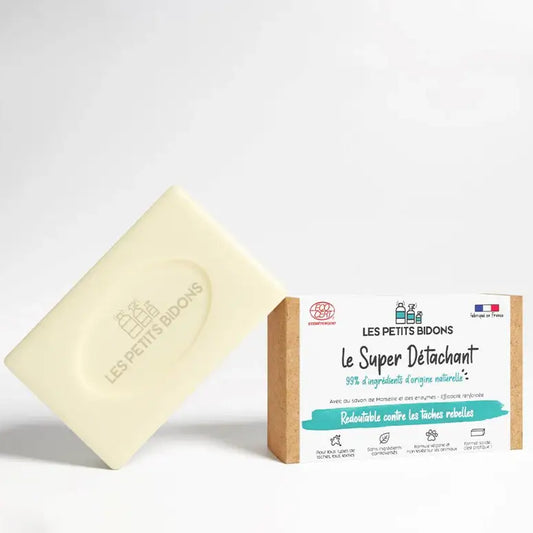
-
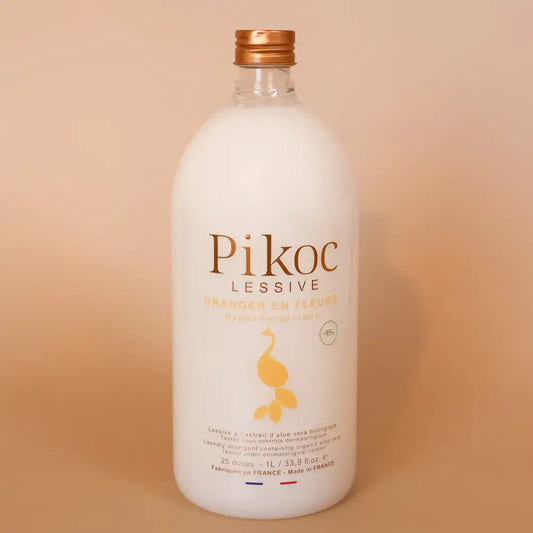
 -4%Sale
-4%Sale -
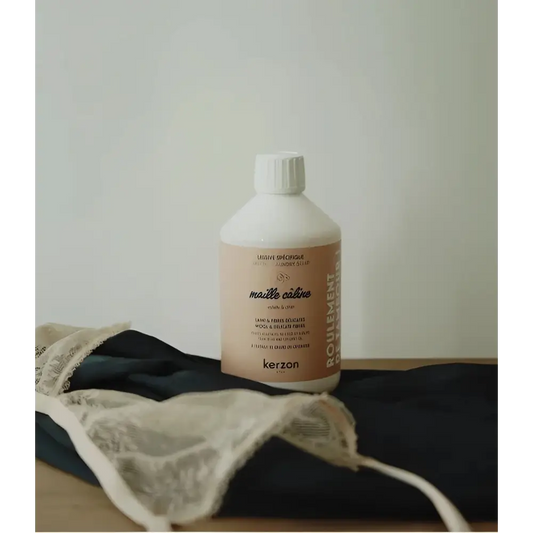
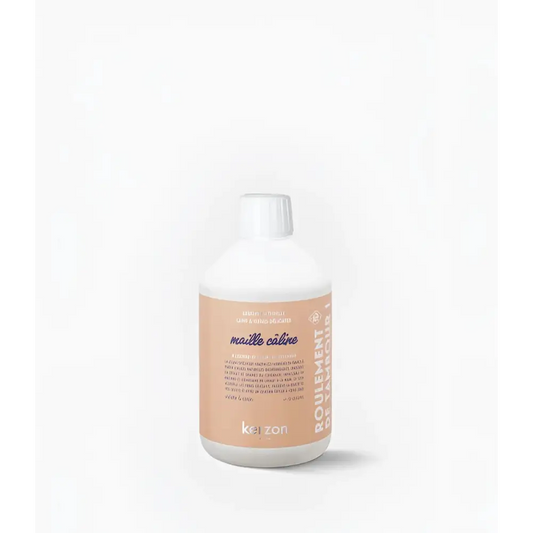 -5%Sale
-5%Sale -

 -5%Sale
-5%Sale -
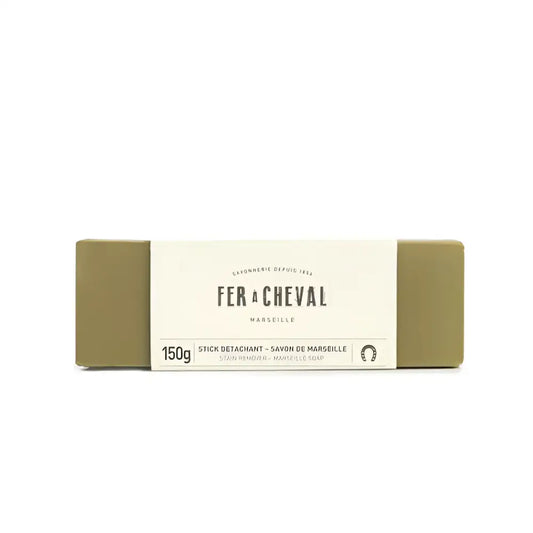
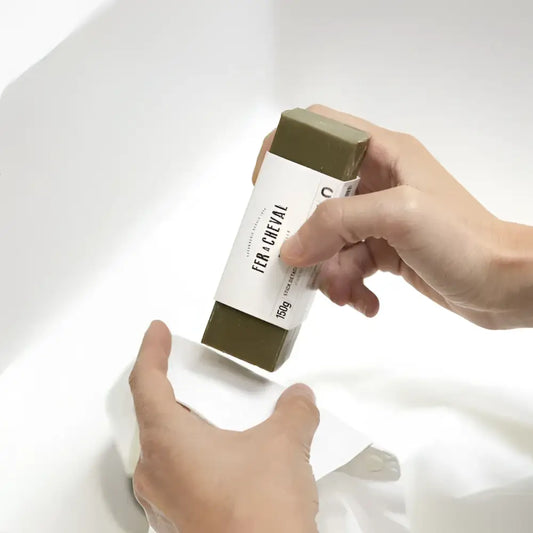 -20%Sale
-20%Sale -

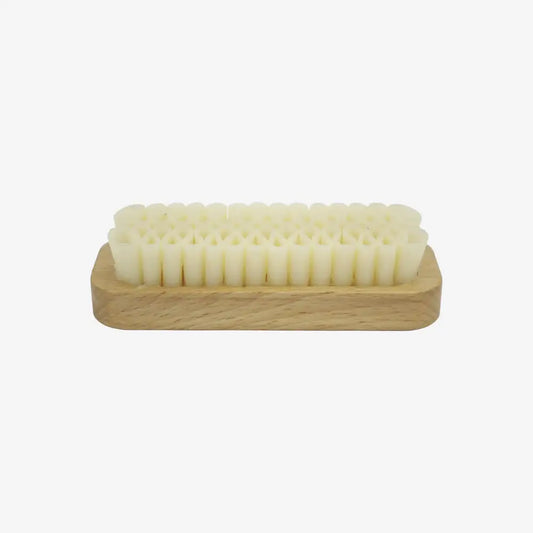 -11%Sale
-11%Sale -
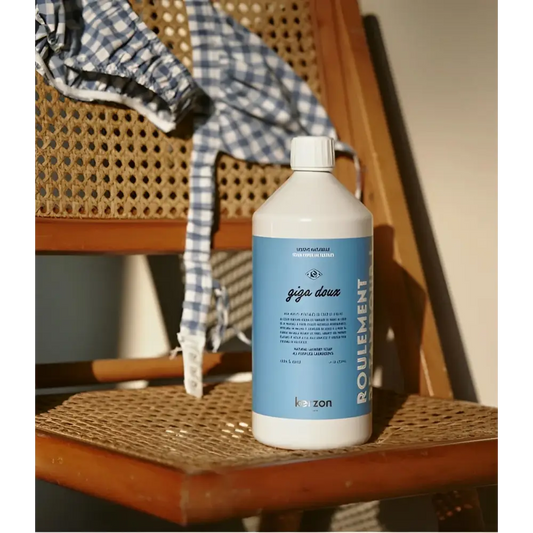
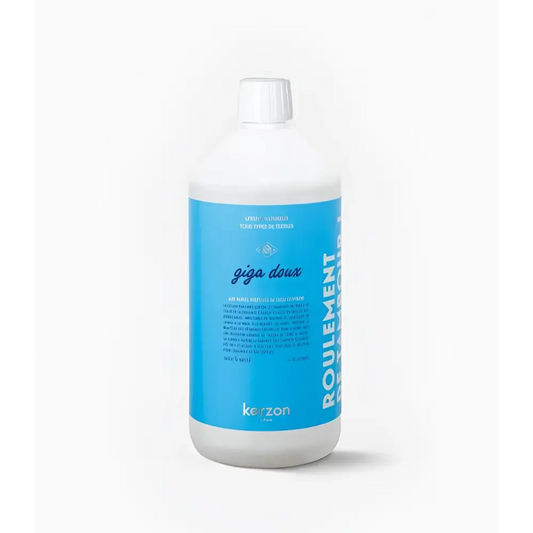 -21%Sale
-21%Sale -
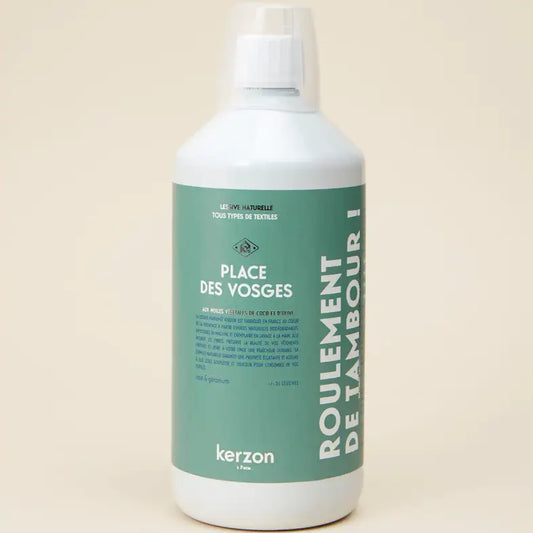 -15%Sale
-15%Sale -

 -15%Sale
-15%Sale -
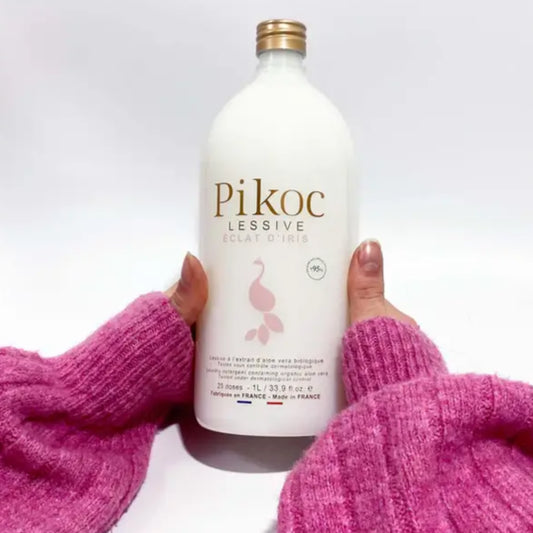

-


-

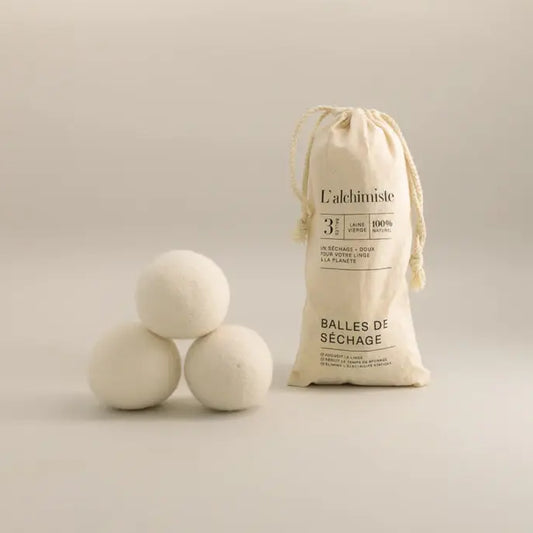
-
 -32%Sale
-32%Sale -
 -3%Sale
-3%Sale -

-
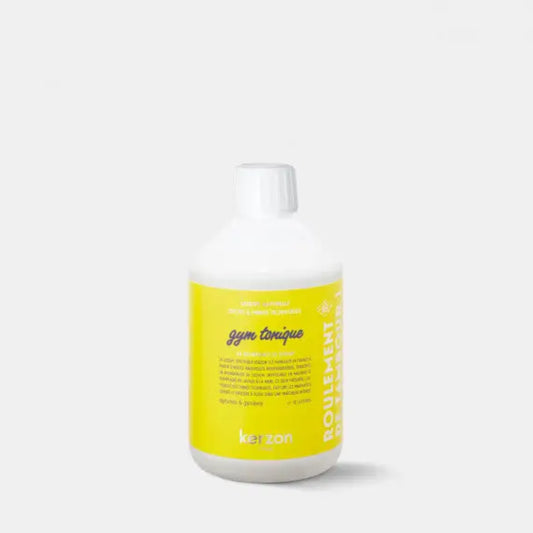
 -17%Sale
-17%Sale -

 -8%Sale
-8%Sale -

-

 -16%Sale
-16%Sale -


-


-

-


-


-


-


-

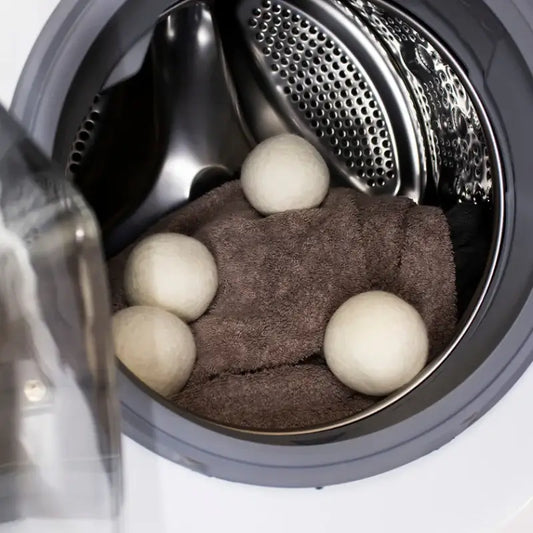
-

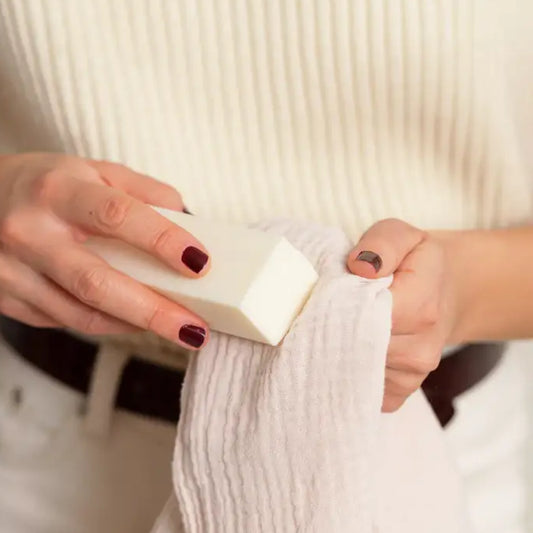
-

-
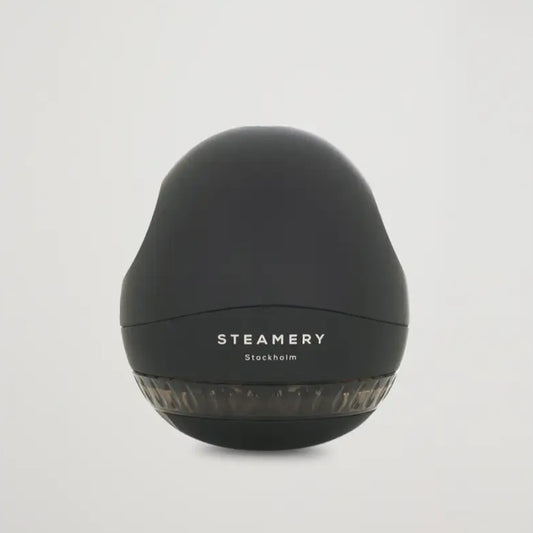
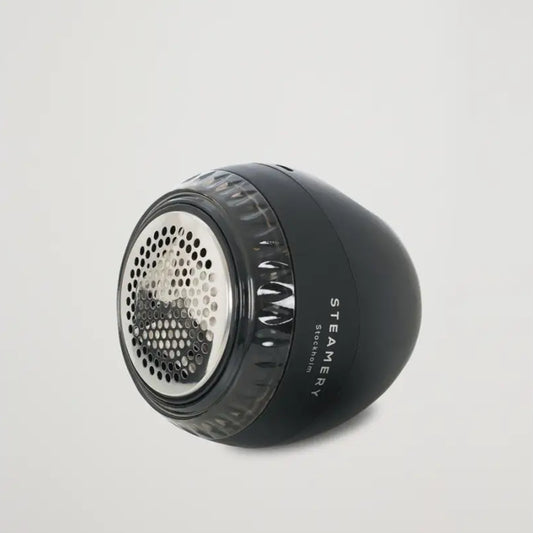
-


Customer reviews
Excellent

Parfait
J ai commandé un vase Moon pour un cadeau il y a deux semaines. Produit reçu très rapidement, et le cadeau a beaucoup plu donc super contente de mon achat!!!
Super expérience avec Forma !
Super expérience avec Forma ! J ai commandé il y a quelques jours et je n ai rien à redire. La livraison s est bien passée, les produits correspondent exactement aux photos et la qualité est vraiment au top.
Très bonne expérience
Très bonne expérience. On a envie de tout acheter. Expédition rapide et bien protégé. Je recommande à 100%.
Produits originaux
Sélection de produits originaux ! Avec Noël qui approche, ça me rassure :) Livraison soignée et dans les temps. J aime beaucoup la rubrique produits soldés à cause des défauts d emballage.
Mon nouvel e-shop favori
J ai découvert cette superbe boutique en ligne par hasard sur Instagram et j ai été charmé par la diversité et l originalité des produits qu elle propose. Puis j ai été définitivement séduit par ses engagements en termes d inclusion et de diversité.
Incroyable comme concept store
Incroyable comme concept store ! On trouve de tout, chaque produit donne envie. Le mug teckel est trop beau ! Un concept cool avec de bonnes valeurs.
Service client au top
J ai eu un petit souci avec ma commande et le service client a été très réactif. Problème résolu en 24h et j ai même reçu un petit cadeau en compensation. Bravo !
Qualité impeccable
Commande reçue rapidement et emballage soigné. Les produits sont de très belle qualité, exactement comme sur les photos. Je recommande vivement !
Découverte géniale
Tombé sur cette boutique par hasard et quelle belle surprise ! Des produits originaux, une livraison rapide et un service client aux petits soins. Parfait !
Excellent choix de produits
Une sélection vraiment unique ! J ai trouvé plein de cadeaux originaux pour Noël. La qualité est au rendez-vous et l expédition très soignée.
Site fiable et original
Site très fiable ! Les produits sont conformes aux descriptions et les designs sont juste incroyables. Je recommande sans hésiter.
Toujours un plaisir
Ce n est pas ma première commande et je suis toujours aussi ravie. Les produits sont superbes et l emballage est impeccable.
Envoi rapide et soigné
Très satisfaite de mon achat ! L expédition a été rapide, le colis bien emballé, et les produits sont de qualité. Je recommanderai.
Superbe boutique en ligne
J adore le concept ! De beaux objets, un service rapide et un vrai engagement éthique. Une belle découverte que je conseille.
Belle surprise
J ai commandé pour la première fois sur ce site et je suis très contente. Les produits sont magnifiques et la livraison très rapide.
Expérience parfaite
Tout s est parfaitement déroulé, du passage de la commande à la réception. Produits conformes et service client très à l écoute.
Je recommande vivement
Première commande et sûrement pas la dernière ! Livraison rapide, produits superbes, et service client irréprochable.
Pick up where we left off

































































